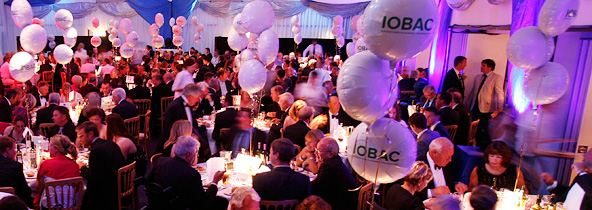Silent auctions explained

Everyone knows what a traditional auction is...
A man at the front with a hammer and a sharp voice (and, if you're lucky, an equally sharp wit). He takes bids from the floor, item by item, and encourages everyone who's listening to bid higher than their neighbour.
It's a system that was designed for professional auctions, but increasingly auctions are being used as fund-raisers at charity events, formal dinners and social gatherings of various types. The objective, of course, is to raise as much money as possible for a good cause and gain maximise return on some generously donated items.
The problem...
Unlike a professional auction, the fund-raising auction takes place at a social event where the bidder attention is divided. As the auction progresses beyond a few items, the level of distraction increases - especially among non-bidders - and, inevitably, the bidding is left to a few keen individuals and revenue return is reduced as a result.
The problem has been addressed in recent times by the invention of the silent auction. At a silent auction, bidders complete paper bidding slips for the items that they would like to bid on. At the end of the event the bids are opened and winners declared. However, while this addresses the distraction problem, it further reduces the fund-raising return by removing the competitive element from the auction process.
Enter SilentBid
SilentBid provides silent auctions that are competitive, interactive and fun, using technology that everyone has in their pocket and knows how to use. Bids are made by app or text message and the current highest bids are displayed on big screens at the venue. It's non-intrusive and fully inclusive - meaning more competition and more bidding that ultimately leads to significantly better fund-raising returns.
Find out more about the SilentBid system here.
Copyright SilentBid2024 - All Rights Reserved
SilentBid is a trading name of Next Generation Results
